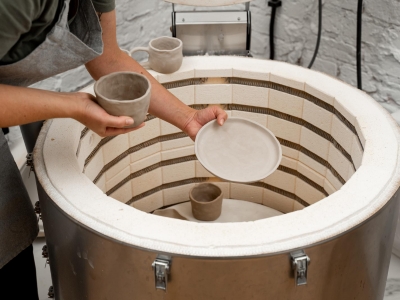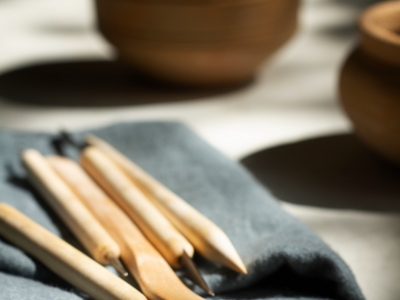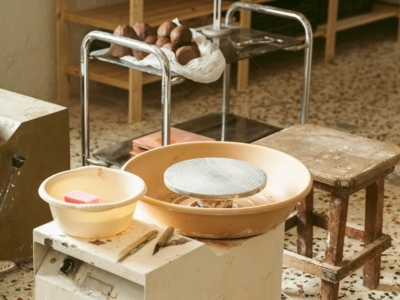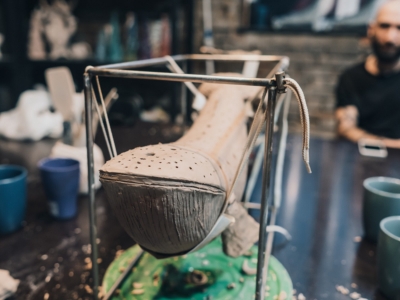Release your imagination
Download Pdf
Ceramics workshops have experienced a notable growth in number and in the diversity of profiles that frequent them. Artists, designers, amateurs and people with no previous experience come to these spaces in search of a manual activity that offers concentration, personal expression and a direct connection with materials. This trend is reflected in the opening of new studios, the expansion of the range of training on offer and a growing professionalisation of the media and tools used.
One of the key elements in this process has been the incorporation of durable and functional materials in workshop equipment, being stainless steel one of the most valued options. Its resistance to moisture, heat and constant use makes it a practical solution for an environment where these elements are routine.
In many workshops, it is common to find bowls, cutting tools, spatulas, sieves, trays, trolleys and shelves made of this material, which adapts to all kinds of spaces.
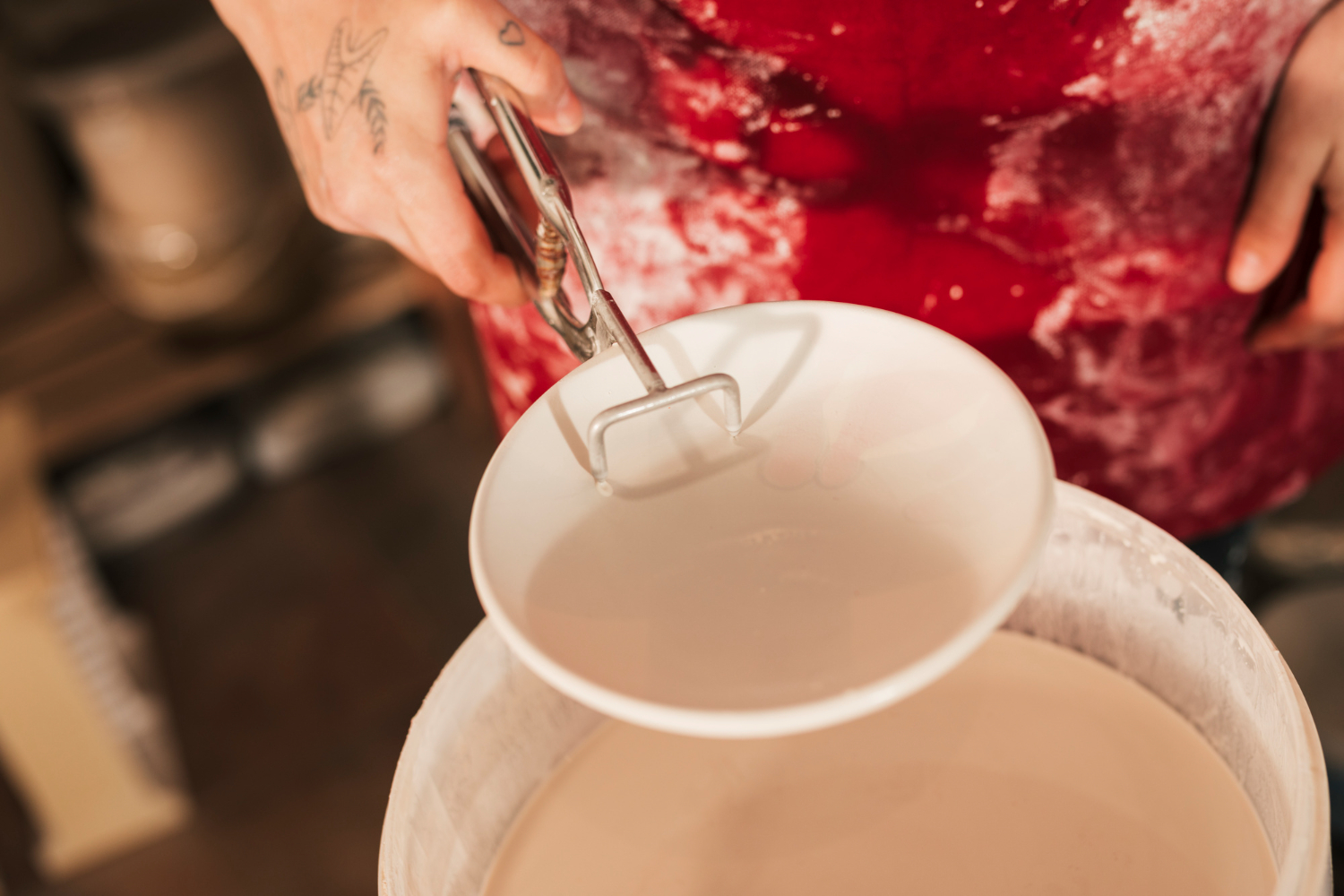
In the ceramic process, everything that comes into contact with the piece has an influence on the result. From the raw clay to the fired work, each stage requires precision, cleanliness and control. That is why, beyond creativity or technique, it is essential to use materials and tools that respect the sensibility of what is being built.
Clay is a living material. It responds to the environment, absorbs moisture and reacts to the slightest trace of grease, rust or chemical residue. To maintain its predictable behaviour, the tools used must be neutral and easy to clean. Stainless steel does not alter the composition of the clay nor leave residues that affect the surface. When cutting, smoothing or engraving, it provides a clean, firm and accurate contact. In ceramic tools, especially those used for modelling, cutting or finishing, the most commonly used grades are grades 420 and 440 martensitic steels, because of their high hardness and good sharpness. This reliability allows the ceramist to focus on form and gesture without worrying about external interference.
It also influences the organisation of the workshop. Stainless steel trays, shelves and racks facilitate easy-cleaning between tasks, avoiding residue transfer to new parts. In shared spaces, where several processes happen in parallel, it helps to maintain a functional and safe environment.
The next time you visit a ceramic workshop, we invite you to observe if they use stainless steel or not. This aspect can reveal a lot about the workshop's philosophy and commitment to the quality and durability of their creations.
